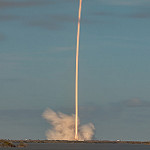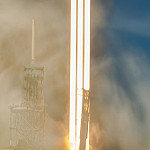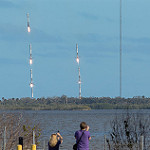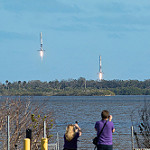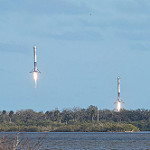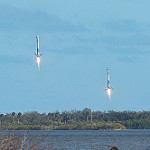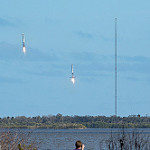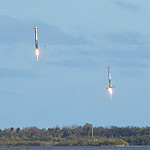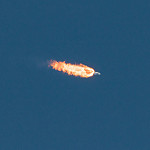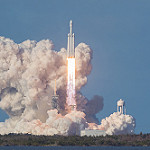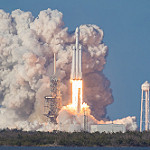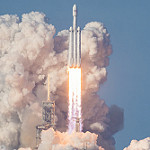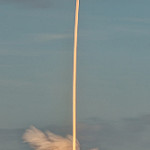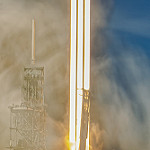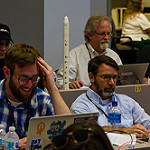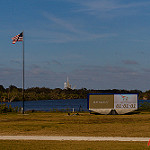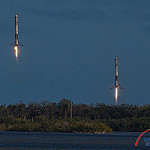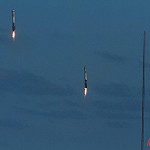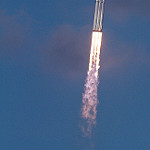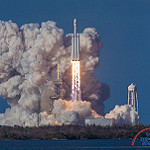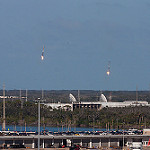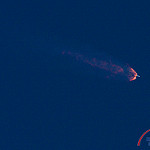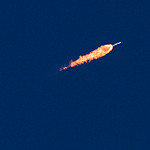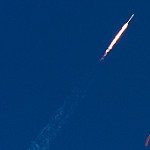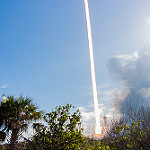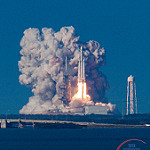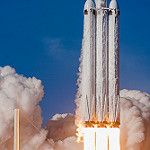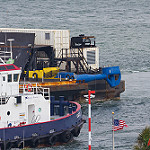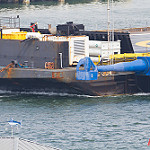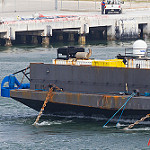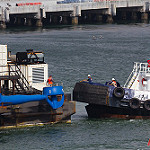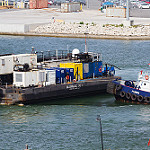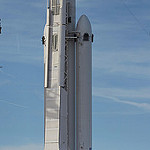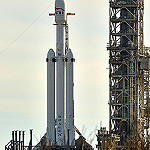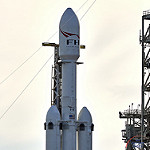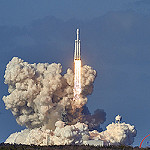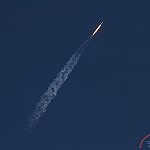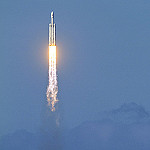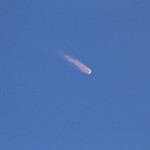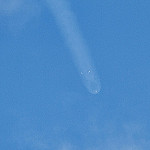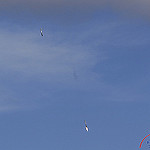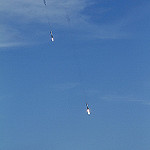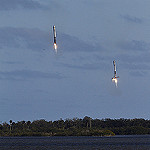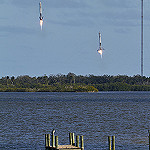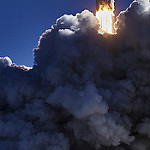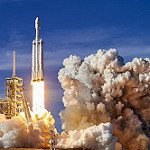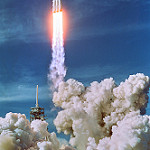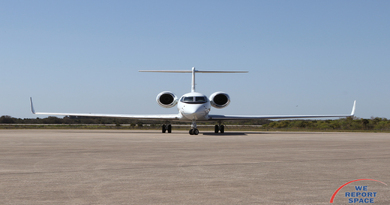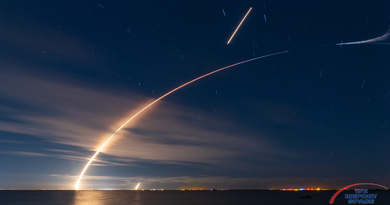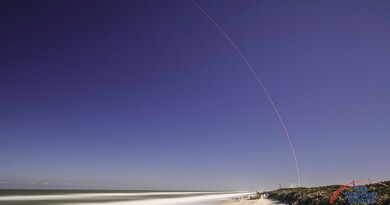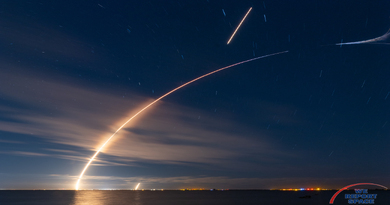Falcon Heavy: Starman Successfully Heads Beyond Mars in Tesla Roadster
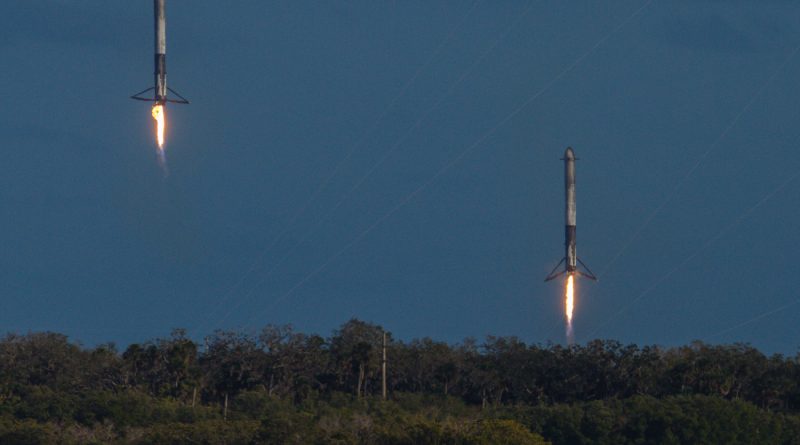
KENNEDY SPACE CENTER: Wearing an authentic SpaceX space suit, strapped in to a midnight cherry red Tesla roadster, Star Man is on his way to the asteroid belt beyond Mars. Glued to his dashboard is a tiny replica of himself - a Hot Wheels roadster, with another tiny astronaut figure inside the car. The car's battery would last for twelve hours after launch and beamed back images of Star Man and the car with the blue marble of Earth floating in the background. It was all part of the marketing genius of Elon Musk.
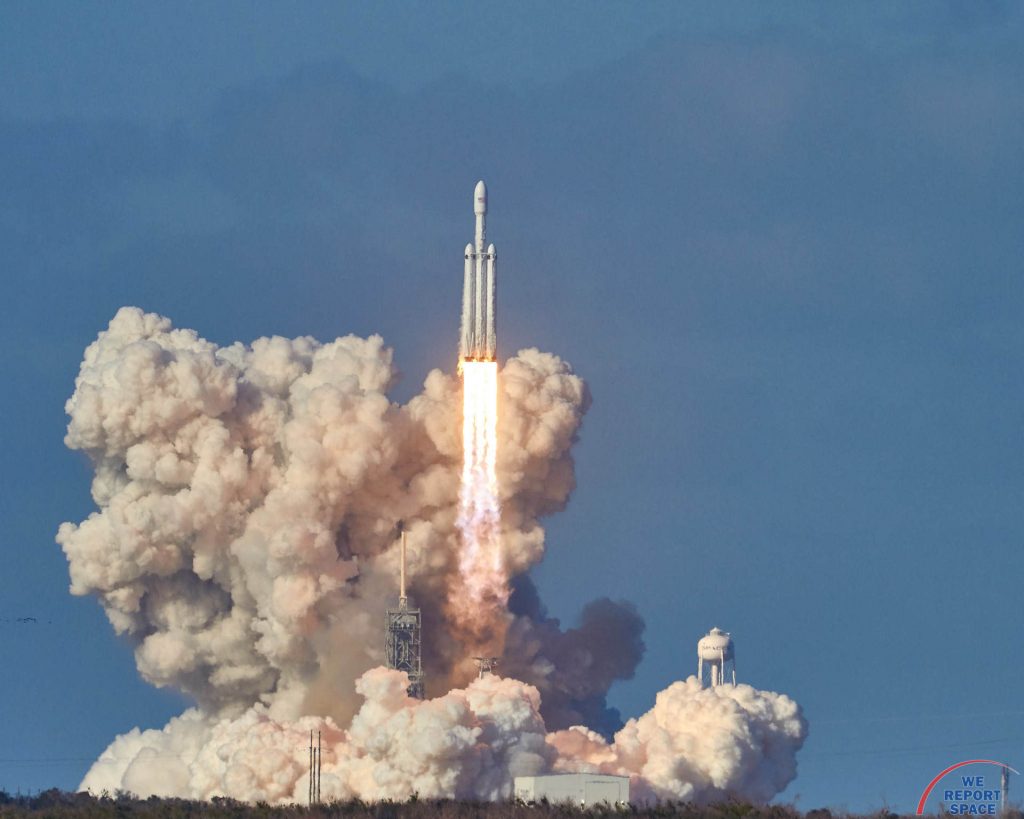
Musk was debuting a new rocket called the Falcon Heavy. If you plan on selling launches to the US government, you have to prove the rocket works. Most people would send up concrete or other heavy material as the dummy payload. Instead, Musk sent an actual dummy - a mannequin. The space suit was real. It was the test article that SpaceX used in qualification testing for NASA's Commercial Crew program. The car was real. It was Elon Musk's personal vehicle. With the successful demonstration flight of Falcon Heavy, SpaceX has commercial customers lined up who need the 5,000,000 pounds of thrust to lift their payload to orbit. Musk estimates there will be a dozen launches of Falcon Heavy in the 3-4 years before the National Reconnaissance Office is slated to send a heavy payload to orbit. By then, the proven track record of Falcon Heavy will allow it to be qualified for military launches.
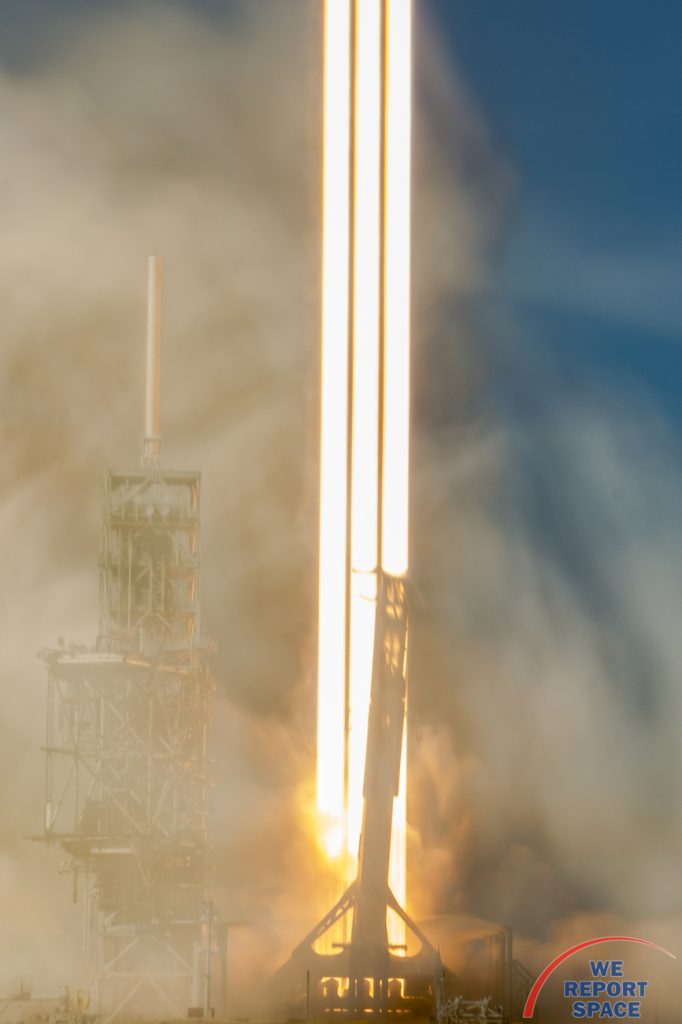
At the post-launch press conference, Musk noted that he tried to kill the Falcon Heavy program at least three times. "It sounds easy: strap three rockets together. But it isn't easy. It is crazy hard." Musk estimated that Research & Development of the Falcon Heavy cost SpaceX over half a billion dollars. The center core had to be completely re-engineered for Falcon Heavy. The two side cores are regular Falcon 9 rockets. The side cores from yesterday's launch were both re-used: one a block 3 and one a block 4. Both of those side cores were upgraded to use new titanium grid fins used to steer the rockets back to land at Landing Zones 1 & 2 and Cape Canaveral Air Force Station.
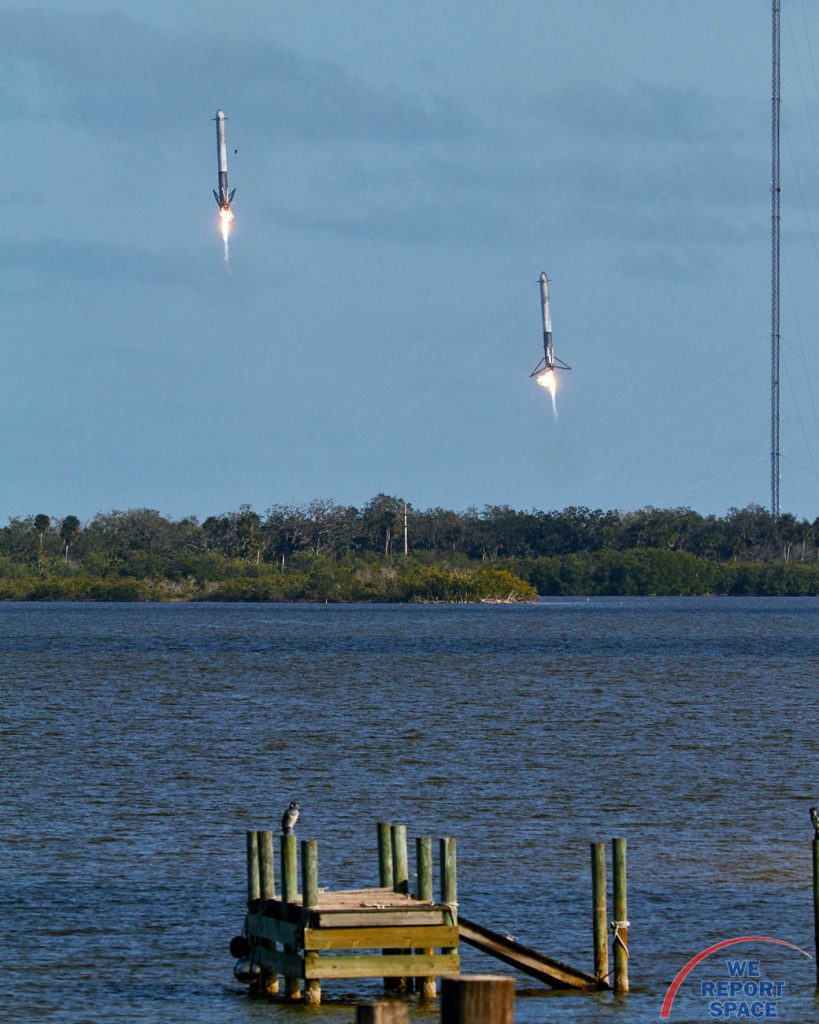
"The expendable parts of the Falcon Heavy are identical to the expendable parts of a single-stick Falcon 9. In both cases, we will lose the second stage. Within six months, we will be successful at recovering the fairing. It will cost $60 million to launch a Falcon 9 with one core but only $90 million to launch a Falcon Heavy with three times as much thrust and three times as many rockets."
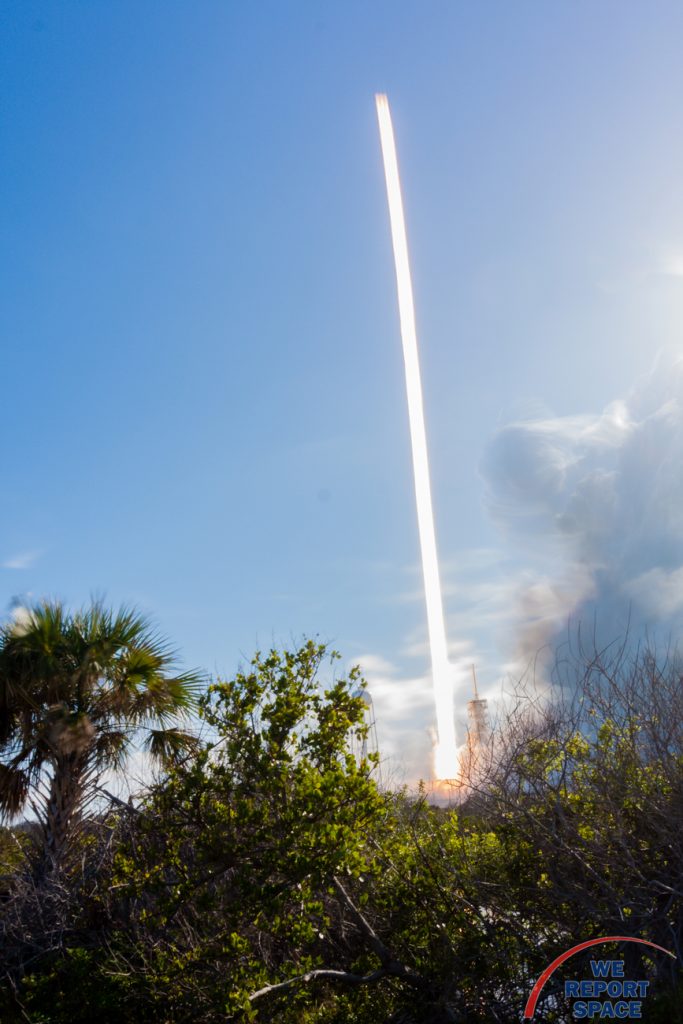
The Falcon Heavy demonstration mission was a near-perfect success. The mission lifted off at 3:45 PM. The launch window was open from 1:30 PM to 4:00 PM. Upper level winds delayed the launch from the original 1:30 PM plan. Watchers began to get nervous as the launch slipped to 1:45, 2:15, 2:45, 3:05, and then 3:45 PM. 88 minutes before 3:45 PM, Musk tweeted that launch auto-sequence had begun with "the holy mouse click". Ignition on the side cores started at T-0:00-05 and ignition on the center core at T-0:00:03. The rocket was slow off the pad, but ascended and executed a roll to head east. The side cores burned at 100% and cut off 2 minutes and 29 seconds into flight. The center core, which had been throttled down throughout the flight continued to burn for another 35 seconds at 3:04 into flight. Both side cores executed boostback burns and touched down within seconds of each other at 3:53 PM. The only glitch in the day: the center core was supposed to land on a drone ship in the ocean. A controlled landing happens when three of the Falcon's engines burn to slow the rocket. Only one engine ignited and the center core smashed into the ocean at 300 miles per hour. The crash was 100 meters from the ship. The shrapnel from the crashing rocket fell on the ship. Two of the ships thrusters were damaged from their proximity to the impact.
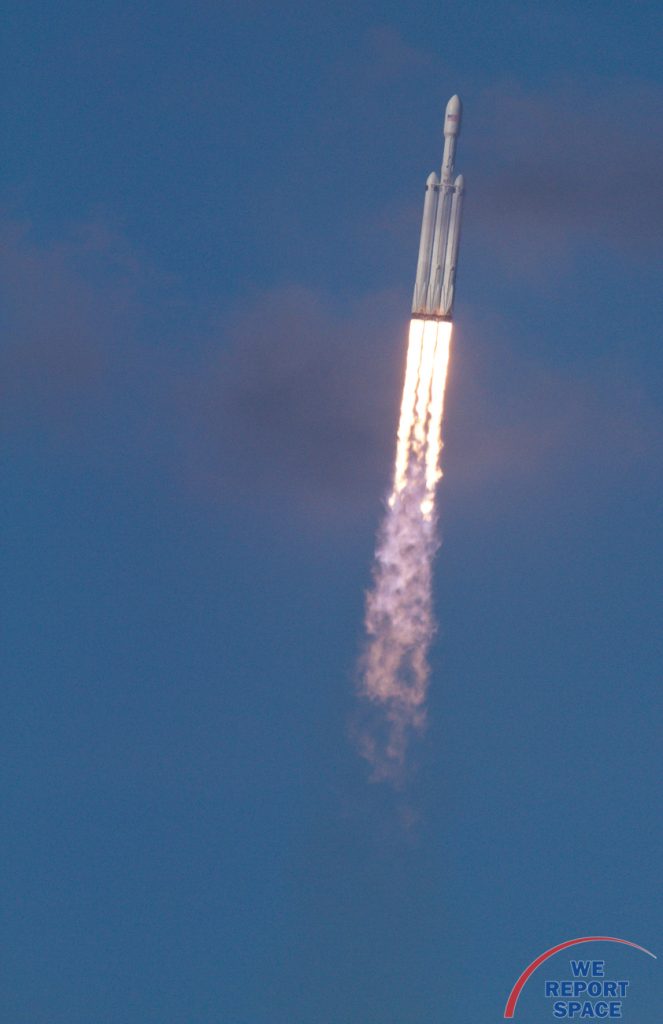
An estimated 100,000 tourists came to the Space Coast to witness the launch. Hotels in Brevard County were sold out. The Kennedy Space Center Visitor Center brilliantly sent out parking placards with time entry so people arriving at the Visitors Center would be spread out: some placards were good for entry six hours before launch, others were times for five, four, or three hours before launch. But after launch, traffic snarled as everyone was leaving at the same time.
At the press site, every seat was taken and reporters found nooks from which to process their photos and file reports. A picnic table outside the press site became home to six reporters from competing agencies. At 8 PM, after touring landing zones 1 & 2, Elon Musk addressed a small group of reporters (most media had to attend the conference by telephone). He was clearly exuberant - noting how surreal the day had been. He praised the dedication of the SpaceX team. But it was not long before Musk pivoted and was planning ahead, talking about Commercial Crew flights by the end of 2018 and then test "grasshopper" flights of the new BRF rocket early next year.
Photo prints of this launch (and many others) can be purchased directly from the photographers at the following locations:
Michael Seeley's photos are available at Photos of Stuff.
Jared Haworth's photos are available for purchase at We Had Today Photography.
Photos
Falcon Heavy / FLT-1 Demonstration (Bill and Mary Ellen Jelen)

Stunning, full color photo book covering every east coast launch spanning 2014-2015, including the first-ever powered landing of a SpaceX Falcon 9 rocket.
More Info